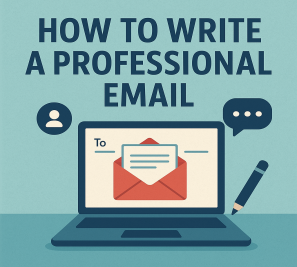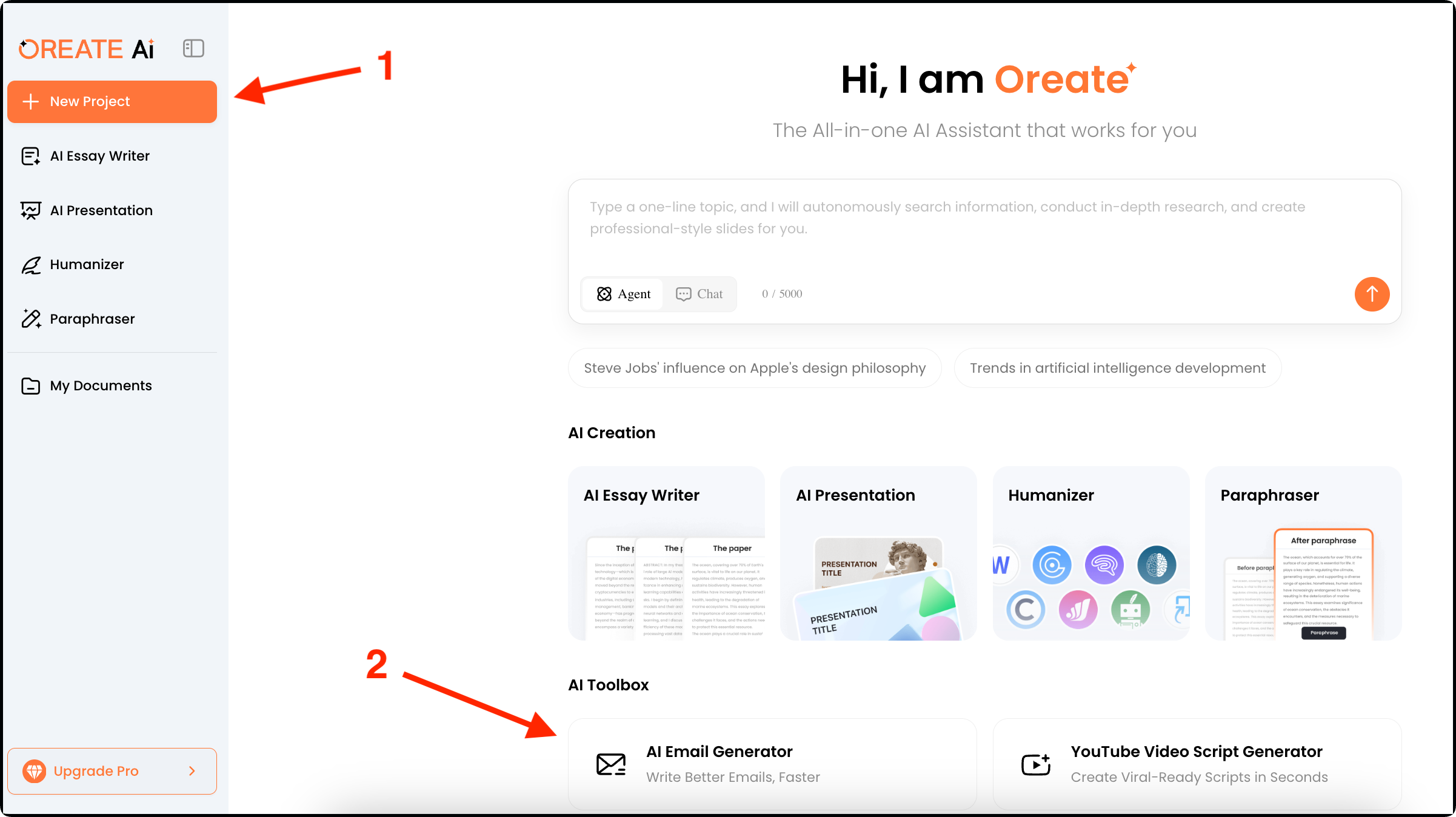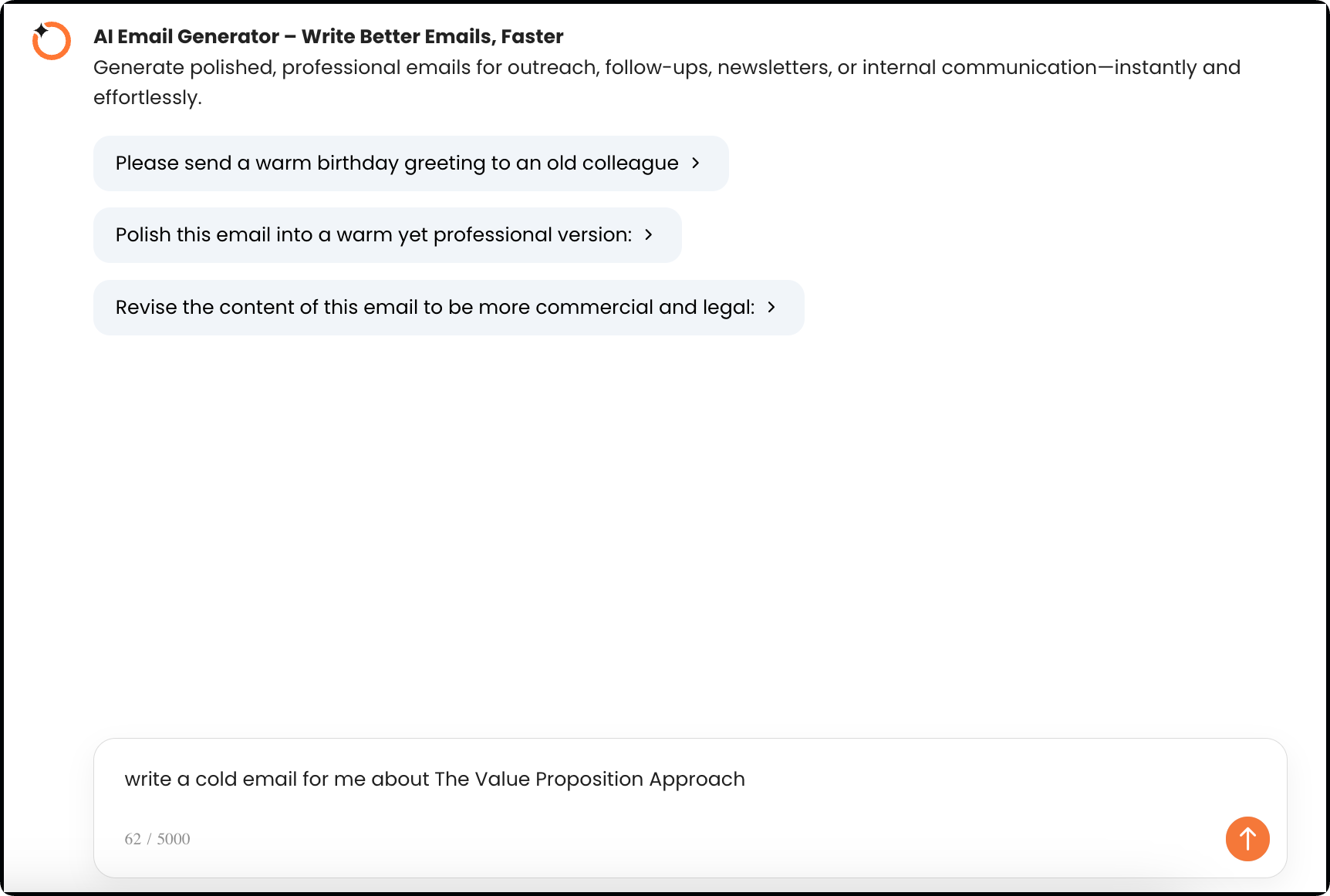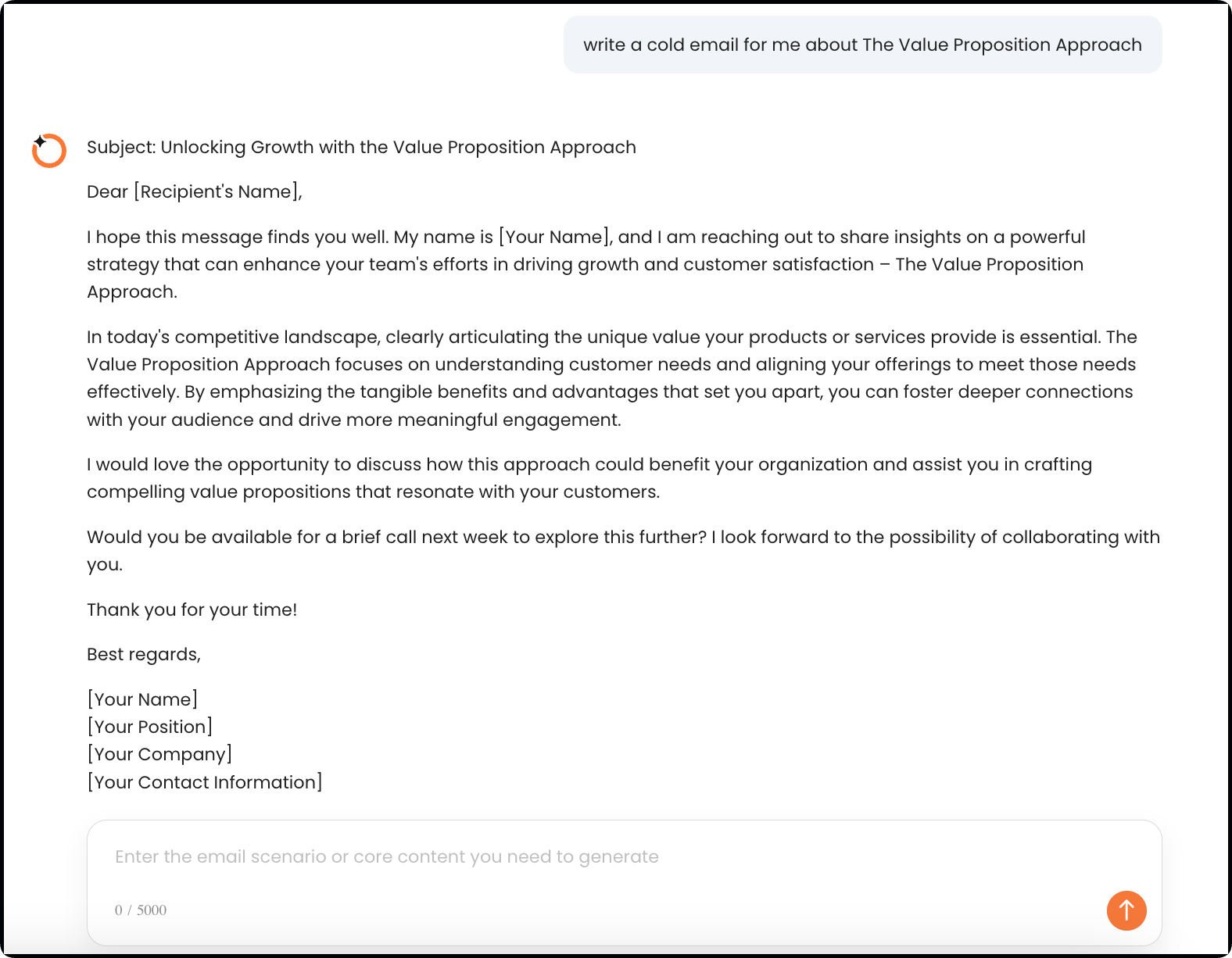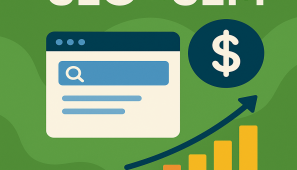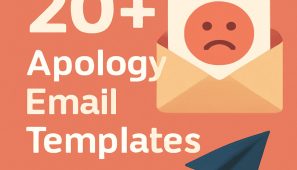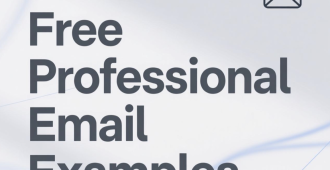We’ve all been there—staring at a blank screen, unsure how to write a professional email that works.
In today’s business world, effective email communication is crucial for success. You need to be able to convey your message clearly and professionally to coworkers, managers, clients, and customers.
(Click the picture to try Oreate AI Email Generator⬆️)
Mastering the professional email format can make a significant difference in your daily interactions. It helps you build trust, convey your message efficiently, and avoid misunderstandings.
This article will guide you through the structure, tips, and examples of writing a well-crafted email. By the end of it, you’ll be equipped with the skills to enhance your email communication and make a lasting impression.
The Importance of Professional Email Communication
Email communication is a cornerstone of business interactions, requiring a professional approach. In today’s digital age, the way you communicate via email can significantly impact your professional reputation and business relationships.
According to the “Email and Document Usage Benchmark” report, 91% of employees communicate with their clients via email, and 61% prefer it to other communication methods. This highlights the importance of mastering professional email communication.
Impact on Professional Reputation
Your emails reflect your professionalism and attention to detail. A well-crafted email can enhance your reputation, while a poorly written one can harm it. Using proper grammar, spelling, and formatting is crucial to making a good impression.
Email as a Business Record
Emails often serve as a record of business transactions and agreements. It’s essential to be clear and concise in your email communication to avoid misunderstandings. Here is a comparison of best practices for email communication:
| Best Practice | Description | Benefit |
|---|---|---|
| Clear Subject Line | Accurately reflects the email’s content | Helps the recipient prioritize emails |
| Professional Greeting | Uses formal greetings like “Dear [Name]” | Sets a professional tone |
| Concise Content | Gets straight to the point | Saves the recipient’s time |
By following these best practices, you can improve your email communication and enhance your professional reputation.
Essential Components of a Professional Email
A well-structured professional email comprises several vital parts that enhance clarity and professionalism. When you craft an email with these essential components, you ensure that your message is conveyed effectively and leaves a positive impression on the recipient.
1) Subject Line
The subject line is the first thing your recipient sees, making it crucial for grabbing their attention. To write an effective subject line, keep it clear and concise, avoiding jargon and overly technical terms. For instance, instead of “Meeting to Discuss Proposal,” use “Proposal Discussion Meeting – [Date].”
It’s also essential to avoid spam triggers like excessive punctuation or capital letters. A well-crafted subject line not only improves the likelihood of your email being opened but also sets the tone for the rest of the message.
(Click the picture to try Oreate AI Email Generator⬆️)
2) Professional Greetings
Starting your email with a professional greeting is vital. Use a formal salutation such as “Dear [Recipient’s Name]” or “Hello [Recipient’s Name].” If you’re unsure of the recipient’s name, “Dear [Team/Department]” is an acceptable alternative. Avoid generic greetings like “To Whom It May Concern” unless absolutely necessary.
3) Body Content
The body of your email should be clear, concise, and well-structured. Begin with a brief introduction that states the purpose of your email. Follow this with the main content, breaking it down into paragraphs if necessary. Ensure that your points are supported by relevant details or examples.
To enhance readability, use short paragraphs and bullet points or numbered lists when presenting multiple items or steps.
- Clearly state the purpose of the email.
- Provide relevant details or examples.
- Use bullet points or numbered lists for multiple items.
4) Appropriate Closings and Signatures
Closing your email professionally is just as important as the greeting. Use a closing like “Best regards,” “Sincerely,” or “Thank you.” Follow this with your full name and contact information, including your title, company, and phone number. This not only adds a professional touch but also makes it easy for the recipient to respond or contact you.
Your email signature should be concise yet informative, providing the necessary details without overwhelming the recipient.
How to Write a Professional Email: Step-by-Step Guide
To write a professional email, you need to follow a structured process that includes defining your objective, planning, drafting, and personalizing your message. This step-by-step guide will walk you through each stage, ensuring that your emails are effective and well-received.
1. Defining Your Email Objective
The first step in writing a professional email is to clearly define its purpose. Are you seeking information, scheduling a meeting, or following up on a previous conversation? Identifying your objective helps you stay focused and ensures your email is concise and relevant.
For instance, if you’re reaching out to a potential client, your objective might be to introduce your services and propose a meeting. Having a clear objective in mind will guide the content of your email.
2. Planning Your Message
Once you’ve defined your objective, the next step is to plan your message. This involves gathering any necessary information, considering the recipient’s perspective, and organizing your thoughts. Creating an outline can be helpful in structuring your email logically.
Consider what the recipient needs to know and what action you want them to take. Planning your message ensures that it is coherent and achieves its intended purpose.
3. Drafting Clear and Concise Content
With your objective and plan in place, the next step is to draft the content of your email. It’s crucial to be clear and concise, avoiding jargon and overly complex language. Use simple, direct sentences that convey your message effectively.
Break up long paragraphs into shorter ones to enhance readability. Use bullet points or numbered lists when presenting multiple items or steps.
4. Tailoring Your Message to the Recipient
Personalizing your email is key to making it relevant and engaging to the recipient. Address them by name, reference any previous interactions, and tailor the content to their interests or needs. Showing that you’ve taken the time to understand the recipient can significantly improve the response rate.
For example, if you’re emailing a client you’ve worked with before, you might reference your previous collaboration and suggest how you can assist them further.
By following these steps, you can craft professional emails that are effective, well-structured, and tailored to your audience. Whether you’re communicating with colleagues, clients, or potential customers, a well-written email can make a significant difference in how your message is received.
10 Tips for Writing a Professional Email
Writing a professional email can significantly impact your career and business relationships. A well-crafted email can convey your message effectively, build trust, and enhance your professional reputation. Here are some valuable tips to help you write professional emails that get results.
Tip 1. Subject Lines to Avoid
The subject line is the first thing your recipient sees, and it can make or break the success of your email. Avoid using vague or misleading subject lines that don’t accurately reflect the content of your email. Be clear and concise.
Example (bad vs. good):
❌ Hello or Quick Question (not informative and may be ignored or marked as spam)
✅ Request for Meeting to Discuss Project Proposal
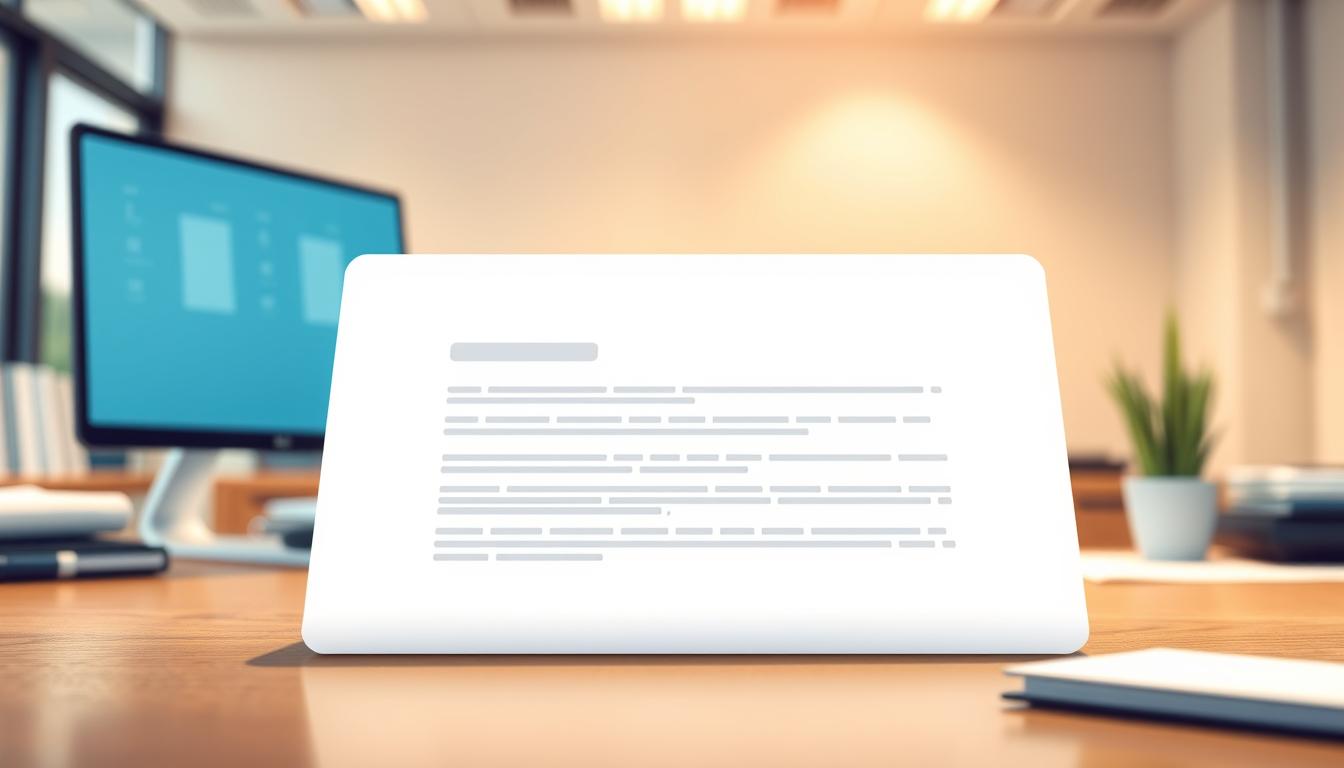
Tip 2. State Your Purpose Early
Busy professionals don’t have time to dig through long introductions to find the main point. Aim to clearly state your reason for writing in the first two or three sentences.
Example:
I’m writing to confirm the agenda for our upcoming strategy meeting scheduled for August 22 at 10 AM.
Tip 3. Structure Your Email for Readability
Large walls of text can overwhelm the reader. Break your email into short paragraphs and use bullet points or numbered lists for multiple points.
Example (bad vs. good):
❌
I wanted to remind you about the deadlines for the upcoming campaign. The first draft is due Monday, the design review is Wednesday, and the final submission is Friday.
✅
- First draft due: Monday, Aug 19
- Design review: Wednesday, Aug 21
- Final submission: Friday, Aug 23
Tip 4. Use Bold, Italics, and Underlining
Using formatting options like bold, italics, and underlining can help draw attention to important information in your email. However, use these sparingly to avoid overwhelming the reader.
For instance, you can use bold to highlight key dates or deadlines, or italics to emphasize a crucial point. This makes your email more scannable and helps the recipient focus on the most important details.
Tip 5. Be Specific and Action-Oriented
Ambiguity leads to delays and confusion. Give exact details about what you need, when you need it, and in what format.
❌ Vague: Can you send me the report soon?
✅ Specific: Could you please send me the Q3 sales report in Excel format by Thursday, Aug 22, so I can prepare the client presentation?
Tip 6. Use Professional Language
Replace informal words with more polished alternatives:
| Informal | Professional |
|---|---|
| gonna | going to |
| Hey guys | Hello team |
| ASAP | at your earliest convenience |
Tip 7. Maintain a Polite and Respectful Tone
Even if you’re following up on something overdue, avoid sounding impatient or confrontational. Politeness builds trust and keeps professional relationships strong. Use phrases like “I appreciate your time” or “Thank you for your attention to this matter”.
Example (bad vs. good):
❌ Why haven’t you replied to my email yet?
✅ I just wanted to follow up to see if you had a chance to review my previous message.
Tip 8. Proofread Before Hitting Send
Never send an email without reviewing it at least once. Check for grammar errors, spelling mistakes, and unclear phrasing. Reading it aloud can help you catch awkward sentences.
Checklist before sending:
-
Correct spelling of names and titles
-
No typos or missing words
-
Tone is polite and professional
-
Attachments are included (if mentioned)
Tip 9. End with a Clear Call to Action
Don’t leave the recipient wondering what they should do next. Clearly outline the next step, whether it’s replying with information, scheduling a meeting, or confirming attendance.
Examples:
-
Please confirm your availability by Tuesday, Aug 20.
-
Kindly share your feedback on the attached draft by end of day Friday.
Tip 10. Include a Professional Signature
A signature makes your email complete and gives the recipient easy access to your contact details. Keep it simple and professional.
Example:
By following these tips, you can improve your email writing skills and enhance your professional communication. Remember, a well-written email is a reflection of your professionalism and attention to detail.
5 Professional Email Templates for Different Situations
Whether you’re introducing yourself or following up on a previous conversation, having a well-structured email template is crucial. Using the right professional email format can help you convey your message effectively and make a positive impression on the recipient. Useful tools like Oreate AI Email Generator and Gmail can do a big favor, saving you much time on drafting and revising.
In this section, we’ll explore 5 different email templates generated by Oreate AI tailored to specific situations, along with email writing tips to enhance your communication.
1. Introduction Emails
When introducing yourself or your business, it’s essential to be clear and concise. Here’s a basic template:
- Start with a formal greeting, addressing the recipient by name if possible.
- Introduce yourself and your organization.
- State the purpose of your email.
- Close with a professional sign-off.
Example:
Subject: Introduction
Dear [Recipient’s Name],
I hope this message finds you well. My name is [Your Name], and I am [Your Position] at [Your Company]. I wanted to take a moment to introduce myself and express my enthusiasm for the opportunity to connect.
At [Your Company], we specialize in [briefly describe your company or area of expertise]. I believe that our work aligns well with your interests, and I am eager to explore potential synergies between our teams.
Please let me know if you would be open to a brief meeting or call to discuss how we might collaborate moving forward. I look forward to the possibility of connecting soon.
Best regards,
[Your Name](Click Here to try Oreate AI Email Generator)
2. Inquiry Emails
When inquiring about a product or service, be specific about your needs. Here’s how to structure your inquiry email:
- Clearly state the product or service you’re inquiring about.
- Provide details about your requirements or questions.
- Request specific information, such as pricing or availability.
Example:
Subject: Inquiry Regarding [Specific Topic]
Dear [Recipient’s Name],
I hope this message finds you well. I am reaching out to inquire about [specific topic or question]. I am keen to gather more information to better understand [reason for inquiry or context].
If possible, could you please provide insights on [specific details you are interested in]? I appreciate your assistance and look forward to your response.
Thank you for your time.
Best regards,
[Your Name](Click Here to try Oreate AI Email Generator)
3. Request Emails
When making a request, be polite and clear about what you’re asking for. Here’s a template:
- State your request clearly in the first paragraph.
- Provide context or background information.
- Specify any deadlines or timelines.
Example:
Subject: Request for [Specific Information or Action]
Dear [Recipient’s Name],
I hope this message finds you well. I am writing to kindly request [specific information or action you are seeking]. This information is crucial for [brief explanation of the context or why it is needed].
If you could provide this by [specific deadline or timeframe], I would greatly appreciate it. Thank you for your assistance, and I look forward to your prompt response.
Best regards,
[Your Name](Click Here to try Oreate AI Email Generator)
4. Follow-up Emails
Following up on a previous email or conversation is crucial for keeping the dialogue alive. Here’s how to structure a follow-up email:
- Reference the previous email or conversation.
- Reiterate your interest or the purpose of your follow-up.
- Request an update or a decision.
Example:
Subject: Follow-Up on [Previous Topic/Meeting]
Dear [Recipient’s Name],
I hope this message finds you well. I wanted to follow up regarding our previous conversation about [specific topic or issue discussed].
I would appreciate any updates you may have, as it will help us move forward on [brief mention of next steps or implications]. If there are any further details needed from my side, please let me know.
Thank you for your attention, and I look forward to hearing from you soon.
Best regards,
[Your Name](Click Here to try Oreate AI Email Generator)
Oreate AI Email Generator – Create Professional Emails Instantly
Writing professional emails can be time-consuming, especially when you want to strike the right tone for clients, colleagues, or partners. Whether it’s outreach, follow-ups, newsletters, or internal communication, every email reflects your professionalism. Oreate AI Email Generator is designed to help you draft polished, professional emails quickly and effortlessly.
Key Features
1. Write Better Emails, Faster: Generate clear, professional emails in seconds without worrying about tone or phrasing.
2. Emails for Any Scenario: Perfect for client outreach, follow-ups, newsletters, or internal updates—just provide the scenario or key points.
3. Personalize Your Message: Add a warm touch to your emails, like a birthday greeting to a colleague, while keeping it professional.
4. Polish Existing Drafts: Refine your emails to make them clearer, friendlier, or more professional.
5. Commercial & Legal Ready: Ensure proposals, contracts, or legal emails are precise, polished, and professional.
6. Simple Scenario-Based Input: Enter the email scenario or main content, choose a tone, and generate a fully formatted email instantly.
How to Get Started with Oreate
Getting started with Oreate AI Email Generator is straightforward. Here’s a simple step-by-step guide:
Step 1. Visit the official website and fine New Project > AI Toolbox > AI Email Generator
Step 2. Input the required details
Step 3. Refine and use
(Click the picture to try Oreate AI Email Generator⬆️)
By following these steps, you can leverage the Oreate AI Email Generator to improve your professional email writing skills and enhance your overall business communication.
Of course, Oreate AI isn’t just for professional emails—we also offers cold email templates and ad copy examples. Oreate AI is your best assistant for both work and life.
Common Professional Email Mistakes to Avoid
When you’re trying to convey a message effectively in a business setting, it’s crucial to steer clear of common errors that can undermine your credibility or lead to misunderstandings.
Grammar and Spelling Errors
One of the most significant mistakes in professional email writing is grammar and spelling errors. These mistakes can make your message appear careless or unprofessional. To avoid this, always proofread your email before sending it. Utilize tools like grammar checkers to help identify errors. For instance, a simple typo can change the meaning of a sentence entirely, potentially leading to confusion.
Tips to avoid grammar and spelling errors:
- Use grammar and spell check tools.
- Read your email aloud to catch awkward phrasing.
- Have a colleague review important emails.
Tone Misjudgments
Tone is a critical aspect of email communication. Misjudging the tone can lead to your message being misinterpreted. Be mindful of the language and phrases you use, as they can come across differently than you intend. For example, humor or sarcasm can be particularly tricky to convey in text.
Consider the following when crafting your tone:
- Be clear and direct.
- Avoid using jargon or overly technical terms unless necessary.
- Use a polite and respectful tone.
(Click the picture to try Oreate AI Email Generator⬆️)
Attachment Blunders
Attachment blunders, such as forgetting to attach a file or sending the wrong attachment, can be embarrassing and unprofessional. To avoid this, make it a habit to check your attachments before hitting send. You can also mention the attachment in the body of the email to reinforce that it’s included.
| Common Attachment Mistakes | How to Avoid Them |
|---|---|
| Forgetting to attach files | Mention the attachment in the email body. |
| Sending the wrong attachment | Double-check attachments before sending. |
| Sending large files without warning | Notify the recipient beforehand. |
By being aware of these common professional email mistakes and taking steps to avoid them, you can enhance your business communication and ensure your messages are conveyed effectively. Whether you’re writing to a colleague, client, or potential employer, a well-crafted email can make a significant difference in how you’re perceived professionally.
Conclusion
Writing professional emails is a critical skill in today’s business world. By following the guidelines outlined in this article, you can improve your professional email format and effectively communicate with your colleagues, clients, and partners.
To recap, a well-structured email includes a clear subject line, a professional greeting, a concise body, and a proper closing. By incorporating these elements, applying email writing tips and getting help from tools like Oreate AI, you can enhance your email communication and achieve your desired outcomes.
As you continue to practice writing professional emails, you will become more confident in your ability to convey your message effectively. This, in turn, will help you build stronger relationships and establish a positive professional reputation.
By mastering the art of professional email writing, you can take your communication skills to the next level and achieve greater success in your personal and professional endeavors.
FAQs
What is the importance of a professional email format?
A professional email format ensures your message is clear, organized, and respectful. It helps create a positive impression, establishes credibility, and makes your communication easier to read and understand.
How do I write a clear and concise email?
Focus on one main topic per email, use short paragraphs, and avoid unnecessary details. Start with a clear purpose, use bullet points if needed, and end with a specific call to action.
What are some common mistakes to avoid when writing a professional email?
Common mistakes include vague subject lines, overly long paragraphs, informal language, missing greetings or sign-offs, and forgetting to proofread for grammar or spelling errors.
How can I make my email more effective?
Use a clear subject line, address the recipient appropriately, organize content logically, highlight key points, and include a concise call to action. Personalizing the email also increases engagement.
What are some best practices for email subject lines?
Keep subject lines short and descriptive, convey urgency if appropriate, avoid all caps or vague terms, and ensure it reflects the main purpose of the email.
How can Oreate AI Email Generator help me with writing professional emails?
Oreate AI Email Generator can instantly create polished, professional emails based on your scenario. It helps with drafting, editing, polishing tone, personalizing messages, and even making emails more suitable for commercial or legal contexts.
What are some tips for writing a professional email?
Use a clear subject line, greet the recipient appropriately, write concise paragraphs, maintain a polite tone, check for errors, and include a professional signature. Always focus on clarity and relevance.
How do I choose the right tone for my email?
Consider your audience and purpose. Use formal language for business or legal emails, warm and friendly tone for personal connections, and neutral, clear tone for informational updates. Oreate AI can help select the appropriate tone automatically.
